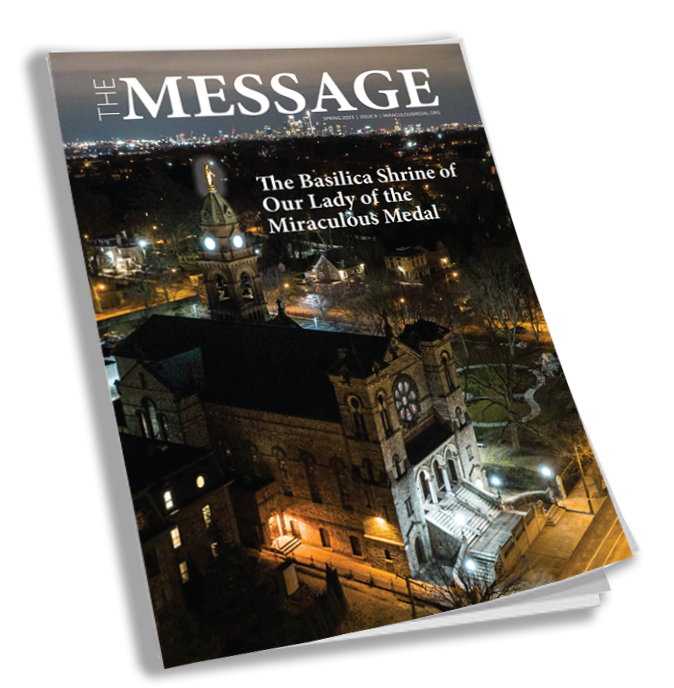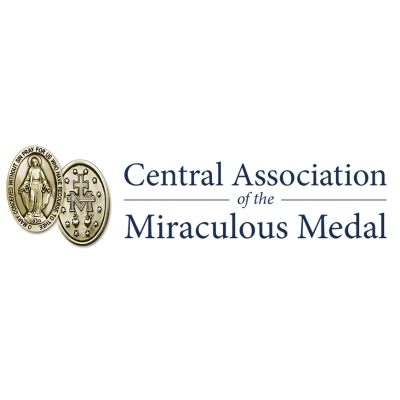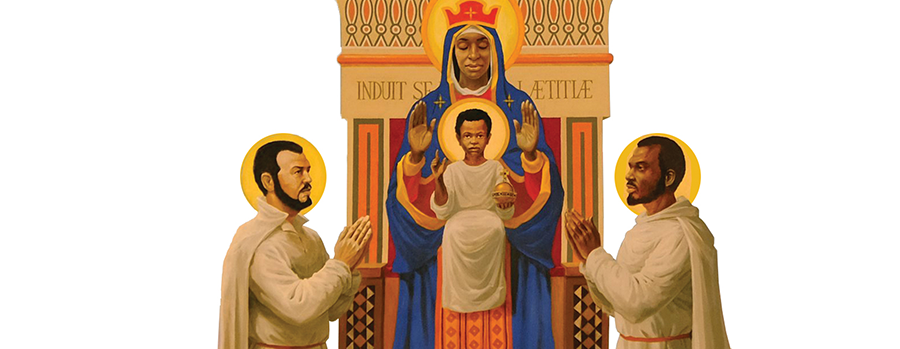Our Lady of Stono River
OUR LADY OF STONO RIVER
THE LEGACY OF THE KONGOLESE FREEDOM FIGHTERS LIVES ON TODAY
LIBERTY
Catholics celebrate the Feast of the Nativity of the Blessed Virgin Mary on September 8. While not as well-known and celebrated, this next day marks one of the earliest anti-slavery movements orchestrated by Black Catholics.
Thirty-six years before Patrick Henry’s famous 1775 call to rebellion—“Give me liberty, or give me death!”—a group of Black Catholics proclaimed the same message, chanting “Liberty!” on a journey to their death.
STONO RIVER REBELLION
The Stono River Rebellion began on September 9, 1739, and is relatively unknown despite it being the largest uprising of enslaved people in the British colony of South Carolina. Some historians call it the most important revolt in North American history. What exactly triggered the Stono River Rebellion is unclear.
As legend goes, many enslaved Blacks heard that small bands of runaways had made their way to Florida, where they had been given freedom and land.
REBELLION
The rebellion began close to the Stono River near Charleston, South Carolina. The date of the rebellion was significant to the people, who were Catholics from the Kingdom of Kongo (now Congo) and devoted to Mary. It’s conventional wisdom that Blacks from Africa, who were enslaved and then shipped to America, eventually converted to Catholicism upon their arrival. However, there was a significant number who were Catholic before coming to America.
In their native country, September 8 was a day of devotion and fasting in honor of Mary for the Kongolese in Kongo and the British colonies. Known as their “national protector,” Mary was especially invoked during times of tragedy and conflict. In 1739, the Kongolese in South Carolina celebrated September 8 as a day of prayer and fasting, as they did in their homeland. Twenty-four hours later, the Stono River Rebellion took place in which the group invoked the Blessed Virgin Mary as their protector for liberty in the Americas.
FREEDOM FIGHTERS
The Kongolese Freedom Fighters, as they were known, raided a firearms shop and took ammunition. They headed south flying flags of the Marian color, blue. The group was hoping to reach St. Augustine, Florida—about 150 miles away—where fugitives were offered freedom in exchange for converting to Catholicism and serving in the colonial militia. Unfortunately, colonists killed about 30 of the Freedom Fighters, who were en route to Florida. Some escaped, but most were captured and immediately executed or sold to other markets in the West Indies. After the rebellion, harsher laws were enacted for fear of future rebellions. The slaves were no longer allowed to grow their own food, assemble in groups, earn money, or learn to read.
American Catholics today honor the Nativity of the Blessed Virgin Mary and the anniversary of the Stono River Rebellion not to glorify the violence of the era but to harness the power of a faith and devotion to Mamanzambi, “Mother of God,” which spans continents.
CAPTION: Pictured is “Our Lady of Stono River,” a mural created for St. Vincent de Paul Parish in Philadelphia. It depicts the Black Madonna and Child, surrounded by Black Saints, who played a prominent role in Black Catholic history.
Photo credit: Photo courtesy of St. Vincent de Paul Parish
Interested in receiving a print version of the Miraculous Medal Message?

By becoming an annual member of The Miraculous Medal Shrine family, you will receive a subscription to The Message two times per year. Click here to become a member.


